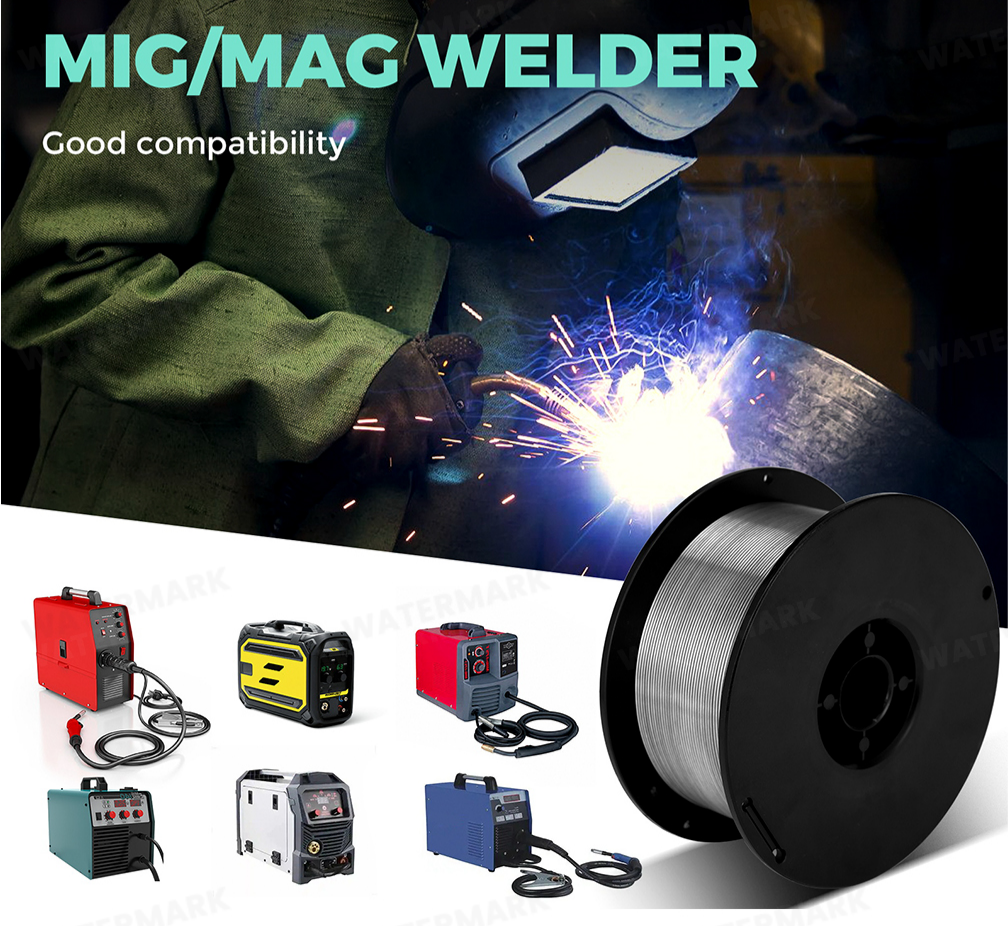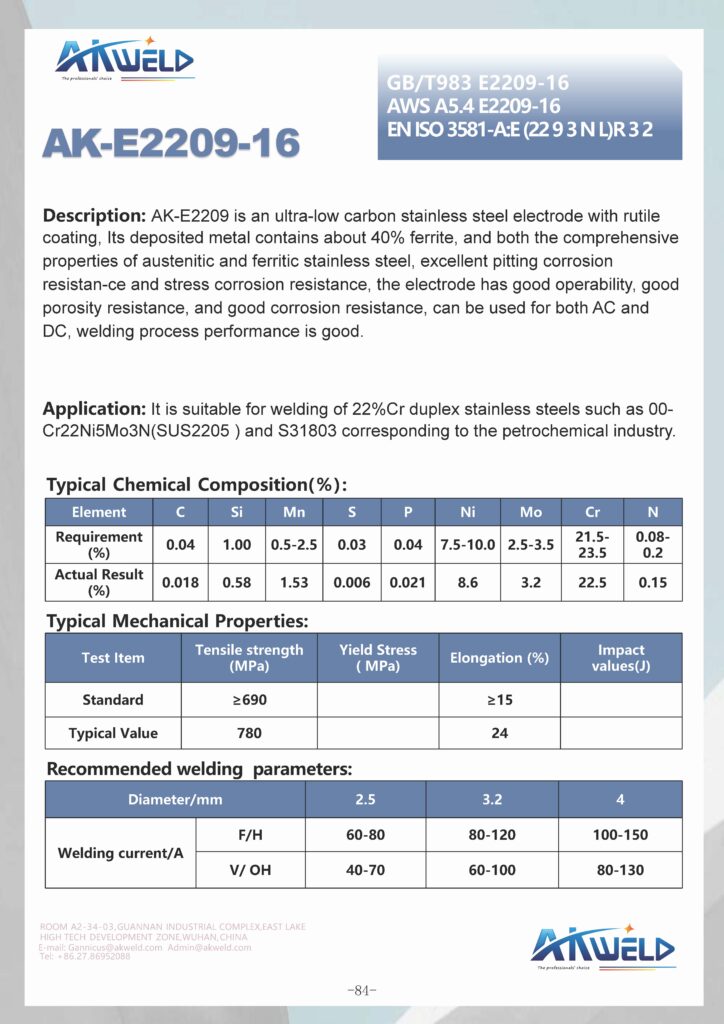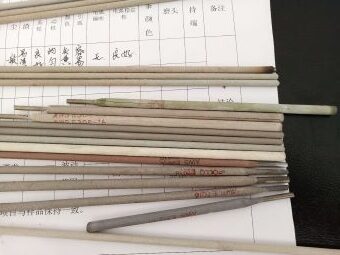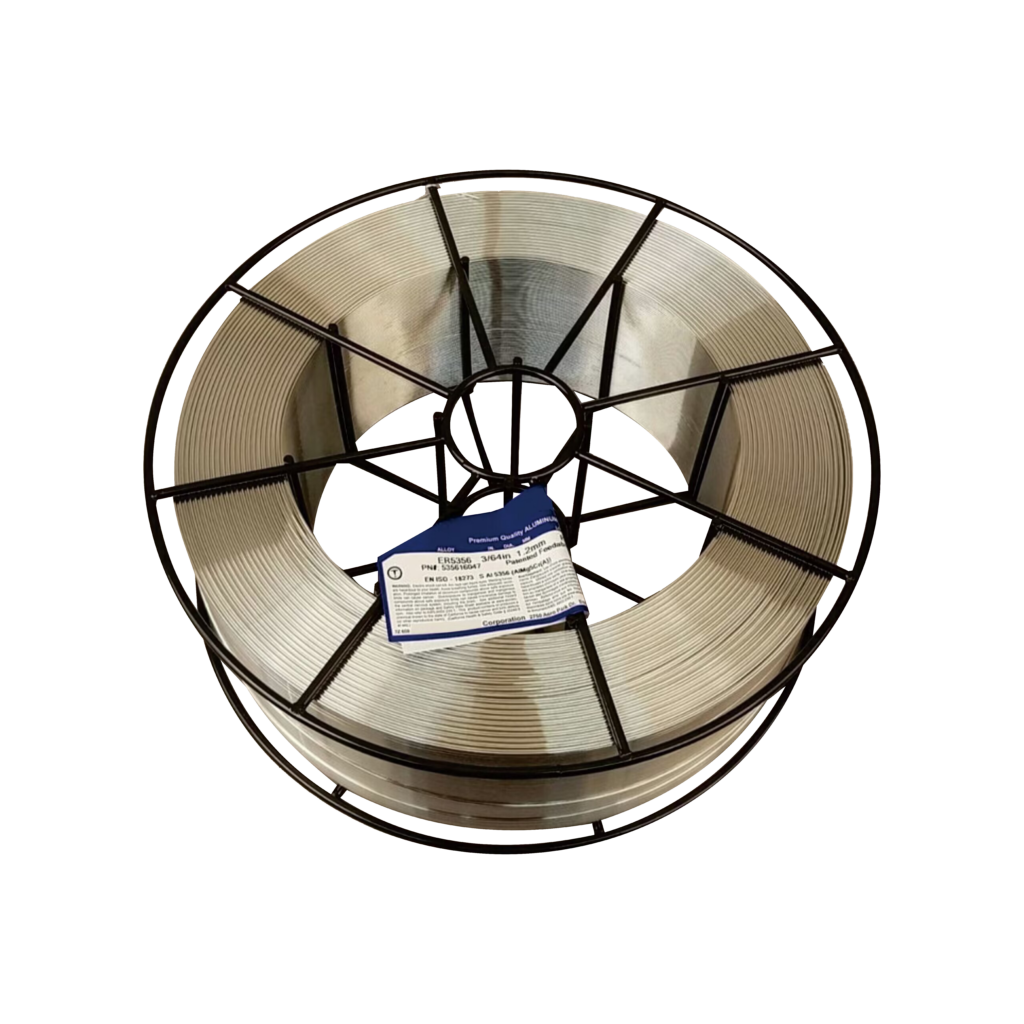Welding consumables for pipeline engineering are primarily used in the construction of pipelines for oil, natural gas, and other industries. These materials must offer excellent corrosion resistance, high-temperature stability, and superior strength. With years of experience manufacturing and supplying pipeline welding consumables, Anchor Weld has earned customers’ trust in Europe and North America. Our specialized […]
Category Archives: Uncategorized
Do you know the welding positions indicated by the following symbols? A, B, C, D, E, F, G, H, J, L 1, 2, 3, 4, 5, 6 F and G PD 2G, 4G and 4F Perhaps it was too easy for you, or perhaps you’re still not sure about the answer. Never mind, here’s the […]
How Inverter Welding Machines Work Inverter welding machines rely on powerful electronic switches to control the flow of electricity. The most common types use IGBT (Insulated Gate Bipolar Transistors) as switches. These are known as IGBT inverter welding machines. When welding, the circuit stays closed, meaning the current flows evenly throughout the entire circuit. However, […]
To keep natural gas in a liquid state, it needs to be stored at a temperature of -163°C during transportation. But, if regular metals are exposed to such low temperatures, they can crack from the cold. That’s why scientists discovered invar steel, a material that has become essential for LNG ships. Invar steel (also called […]
Due to the wide range and high cost of stainless steel products, most of them need to be customized. However, during the customization process, various challenges often arise. Poor quality materials: Common stainless steel materials are typically classified as 201 and 304, with a price difference of almost 50%. Insufficient material thickness: If the required […]
Allied Market Research has released a report on the global aluminum welding market size by 2030. Three points are mentioned: The report provides forecasts from three perspectives: 1. Classification of welding wire types (pure aluminum welding wire, aluminum-magnesium alloy welding wire, and aluminum-silicon alloy welding wire) 2. Classification by technology (arc welding and gas metal […]
The following types of welding rods are commonly used at home or at work to provide repairs, fabricate structures, and carry out small-scale engineering. They are used by people all over the world. 6010 Stick Welding Electrodes 6010 rods are Fast Freeze electrodes, meaning they cool quickly and prevent the weld pool from becoming too […]
Key Points from Professor Jia Chuanbao’s Presentation (Shandong University) –The Intersection of Advanced Technology and Craftsmanship (1) Dated 15-Nov, 2024 1. Visual Sensing and Deep Learning: – Uses visual sensors to capture images of the welding pool. – Applies deep learning algorithms to identify and predict the welding penetration state. 2. CNN-LSTM Network: […]
Breaking Down CO2 Gas Shielded Welding: What You Gotta Know Let’s Talk Wire Length: Just Right: Think of it like this – your wire should be sticking out about 10-15 times its thickness from the nozzle. That’s your sweet spot. If you’re working with something beefier, go a bit longer; if it’s on the smaller […]
Basic Concept Melting pole gas shielded welding, the operator holds the torch in the right hand, from right to left direction welding, torch nozzle and welding direction is obtuse angle (> 90 °) is called the left welding method; from left to right direction welding, torch nozzle and the welding direction is an acute angle […]
- 1
- 2








